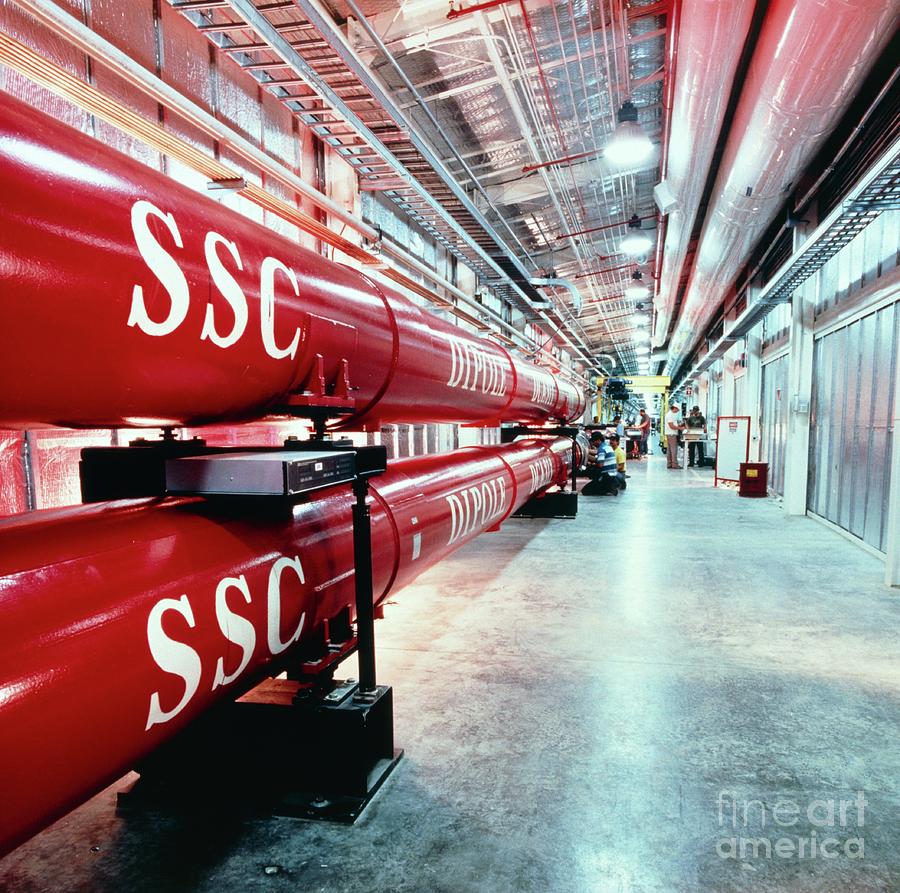

However, pure silicon is the most common semiconductor in the electrical industry, and it is the most important element for the production of integrated circuits. For example, Gallium arsenide contains gallium and arsenic. Moreover, there can be various different semiconductors containing two or more chemical elements in combination. These elements include silicon (Si), germanium (Ge), tin (Sn), selenium (Se), and tellurium (Te). There are elemental semiconductor materials we can observe in the periodic table. Generally, the conductivity of a semiconductor is sensitive to the temperature illuminations, magnetic fields, impurities in the semiconductor material, etc. These are usually crystalline solids that have applications in various fields such as the production of diodes, transistors, integrated circuits, etc. That means the electrical conductivity of a semiconductor is moderate to that of a conductor. Side by Side Comparison – Semiconductor vs Superconductor in Tabular FormĪ semiconductor is a type of conductor which has a conductivity value between the values of an insulator and a conductor. They are different from each other according to their conductivity. Semiconductors and superconductors are two types of electrical conductors. Only a globe can represent… Energy, In classical physics, energy is defined as the amount of work a body or system is capable of doing against a force.The key difference between semiconductor and superconductor is that semiconductors have an electrical conductivity that is between the conductivity of a conductor and an insulator whereas superconductors have an electrical conductivity that is higher than that of the conductor.Īn electrical conductor is a type of substance that allows the electrical current to flow through it. Department of Energy (DOE) and one of ten national laboratories, Brookhaven National Laboratory (BNL) carries out research and dev… Emilio Segre, Segrè opened the world of antimatter to physical investigation with his discovery of the antiproton, discovered the first of the elements produced by… Project Management, Innovation is the key to staying ahead of the game in e-commerce, and successful companies continually engage in new projects, whether to design a ne… Map Projection, map projection, transfer of the features of the surface of the earth or another spherical body onto a flat sheet of paper. Brookhaven National Laboratory, Funded by the U.S. Prior to the 1970s, the responsibility for energy regulation was spread among a variety… United States. Įnergy Research, Department of Energy Organization Act (1977) See also Cyclotron Physics: Nuclear Physics. "Beyond the Quark: The Case for the Super Collider." New York Times Magazine (30 April 1989): 24. Cambridge, Mass.: Harvard University Press, 1995. The Physicists: The History of a Scientific Community in Modern America. By then $2 billion had been spent, the superconducting magnets had been tested, one-third of the ring had been excavated, and two teams of a thousand physicists and engineers from around the world were working out detailed designs of the two enormous particle detectors to observe and analyze proton collisions in the TeV energy range. In the autumn of 1993 the House of Representatives, faced with a more than doubled price tag, voted overwhelmingly to kill the project. Support from the Texas congressional delegation and the promise of $1 billion toward the project from the state of Texas led to the decision to build the accelerator in Waxahachie, Texas, rather than near Fermilab. Federal funding for the machine required justification. This determined the size (a fifty-four-mile-long ring) and the projected cost ($4.4 billion). The machine was to produce forty TeV protons (where one TeV, or tera-electron volt, is 1 trillion electron volts). The primary justification for the machine was a search for particles known as Higgs bosons. It was to be a proton collider far more energetic than existing ones, employing the superconducting magnetic technology recently developed at the Fermi National Laboratory in Illinois. Physicists responded with plans for the most ambitious particle accelerator ever attempted, a superconducting super collider. high-energy scientists to devise a challenging national accelerator project. For reasons of national prestige and international economic competitiveness, the Ronald Reagan administration in 1982 encouraged U.S.

SUPERCONDUCTING SUPER COLLIDER (SSC), a federally financed project abandoned in 1993 that would have been capable of accelerating subatomic particles to energy levels forty times that previously achieved by researchers.


 0 kommentar(er)
0 kommentar(er)
